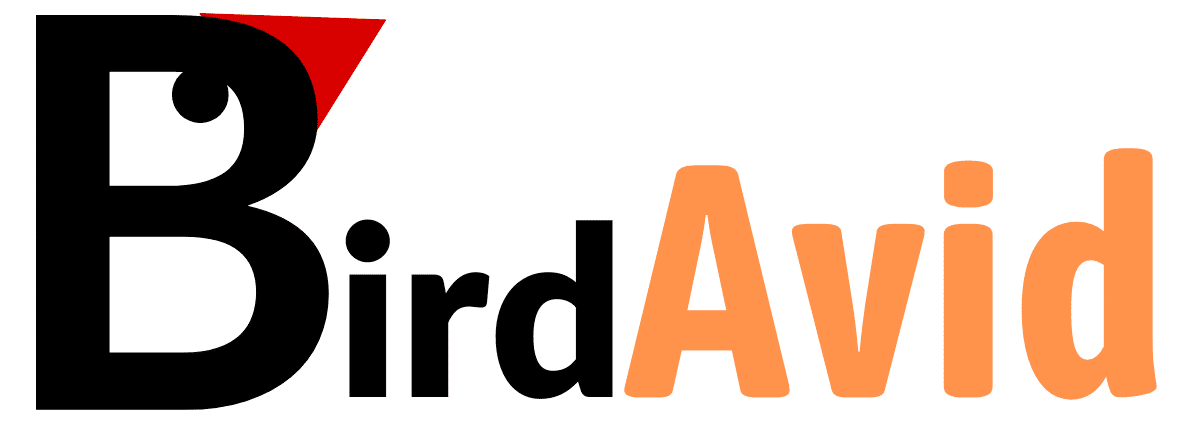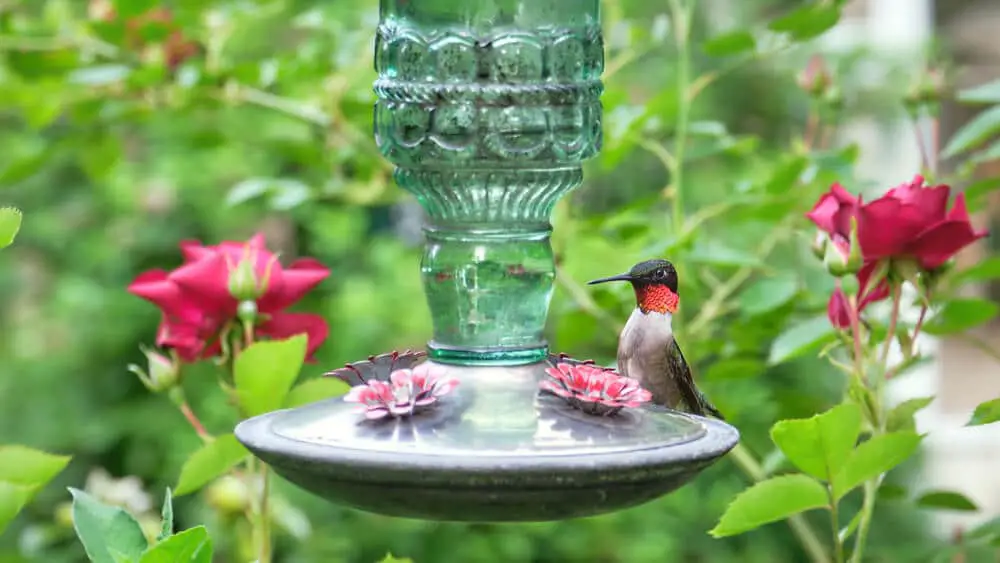There’s just something magical about Hummingbirds visiting your backyard feeder. Hovering gracefully, these tiny beauties can actually recognize people, and their coloration is really out of this world. If you are looking to attract these little buddies to your own yard, the first question you’re likely wondering about is ‘how long does it take hummingbirds to find a feeder’?
It may take Hummingbirds several weeks to locate and start taking advantage of your backyard feeder, but there are factors that can definitely help to reduce this time. These birds need enough space to feel safe, for instance, and there are also colors that help attract them as well. It’s all about making the feeder as irresistible as possible.
In this article, we’re going to take a closer look at what you’ll need to know, such as how Hummingbirds find your feeder, whether or not they will return annually, and ways to make your backyard feeder as attractive as possible. Without further ado, let’s talk about Hummingbirds and your backyard feeder!
How do hummingbirds know where feeders are?

Hummingbirds are blessed with excellent memories, superior vision, and an enormous collective sweet-tooth. They know, for instance, that red and orange flowers contain the sweetest nectar, and so when they spot these colors, then they will typically investigate in short order.
This means that a red feeder is going to be a good start, and it needs to be placed so that there is enough space around that the birds will feel safe enough to investigate, and it needs a little light on it for increased visibility.
Once the birds have sampled your homemade nectar, then you’ll start seeing more of them, as their sharp little memories come into play. At this point, it’s important to make sure that the feeder is kept clean, as those memories can turn against you if mold or other contaminants make the homemade nectar taste sour.
A final basic factor that the birds are definitely going to consider is the number of feeders present. This is especially important when you don’t have ‘floral backup’ in the form of a backyard garden.
With multiple feeders, you won’t have to worry as much about competition, as the more aggressive birds that come to visit are not going to concern themselves with protecting all of the feeders – just their favorites.
These are the basic factors that make up the process of the Hummingbirds finding and your feeder, and we’ll go into some more detailed tips that you can use to supplement this as we continue to explore feeder-factors and these lovely little birds.
Do Hummingbirds remember feeder locations year after year?
Hummingbirds appreciate the work that goes into crafting an attractive backyard feeder. As such, most of these birds are going to return and even breed in favorite spots year after year.
Not only that, but they seem to plan out their migration routes in order to do this — so many times they will punctually arrive on the same date that you saw them in the previous year!
Depending on where you live, you might even have winter guests. Anna’s Hummingbirds, for instance, are known to winter in Washington, and some birders will keep their location attractive year after year by rotating-out feeders throughout the day so that there is always a ‘defrosted’ feeder available.
This is where knowing your local Hummingbird species and their migration times can help you to keep the feeder attractive year after year so that you’ll be able to keep these spots attractive, so be sure to take note of dates when they tend to arrive to make sure that they receive a warm, yearly welcome.
Additional tips for attracting hummingbirds to your feeder
It never hurts to have a few additional tricks up your sleeve when it comes to attracting Hummingbirds to your feeder, so in this section we’ll give you some additional tips that you can use to really maximize your chances. We’ll display them in brief and expand a little on each tip in the sections to follow:
- Consider a little strategic planting
- Provide additive-free sugar water
- Replace cloudy nectar right away
- Saucer-shaped feeders are a good choice
- Hummingbirds love birdbaths
- Birders in cold climes should consider feeder-heaters
1. Consider a little strategic planting
Setting up an ideal environment for Hummingbirds should include some strategic planting, provided that you have the space and that your area is conducive to it. Some good plants that you cultivate to attract Hummingbirds include:
- Bee Balm
- Cardinal Flower
- Columbine
- Honeysuckle
- Petunias
Anything red or orange is going to increase your chances, so check with your local nursery to find out what will be best and the easiest for you to maintain.
2. Provide additive-free sugar water
Avoid the temptation to add unnecessary additives, especially red dyes! You don’t need them and keeping it simple will make providing nectar healthy, affordable, and still sweet as can be! Go with a plain mixture of 1 part water, along with 4 parts sugar, and your Hummingbirds will love it.
3. Replace cloudy nectar right away
Rotating out the nectar will also be vital, as Hummingbirds will notice when it sours. Any cloudiness or fermentation scent to your sugar water mix means that you’ll need to replace it right away and don’t forget to clean it thoroughly to avoid any possibilities of mold.
A funny little fact – these birds remember people quite well – and sometimes if the nectar supply is low or tastes funny to them, you might have a Hummingbird come close and hover nearby or fly in little circles to bring it to your attention!
4. Saucer-shaped feeders are a good choice
Many birders agree that Saucer-shaped feeders are a good choice with these birds. They allow easy access for multiple birds and they give you a little break in maintenance, as they are easy to clean. Go with an option that has multiple feeding ports for best results.
5. Hummingbirds love birdbaths
As tiny as they are, you wouldn’t think that these birds would enjoy birdbaths, but they actually LOVE them. A solar-powered birdbath is a good option or you could go with a Hummingbird mister, so that they can play in the water once they’ve filled their bellies at your feeders.
6. Birders in cold climes should consider feeder-heaters
Hummingbirds are fairly winter-resistant, especially species like Allen’s, Rufous, and Anna’s – with the last having a special trick called ‘torpor’ where they can conserve their energy in cold temperatures.
If you see it in action, it simply looks like the bird is ‘freezing’ in place, but don’t disturb them – they’re doing it on purpose to stay warm and expend as little energy as possible. If you have noticed lingering Hummingbirds in the colder months, then consider feeder heaters as a way to make your setup more attractive.
While you can also keep spare feeders inside and replace them throughout the day, a feeder heater can save you a lot of work and help to keep your beautiful backyard guest happy, full, and warm.
Some final thoughts about helping Hummingbirds to find your feeder
So, in this article, we’ve taken a deep-dive into the tips and tricks of helping Hummingbirds to find your feeder and with a little luck, to become regular visitors to your backyard for years to come. Remember, the first factor will be coloration, so reds and oranges are a must!
After that, you’ll want multiple feeders, preferably saucer-shaped, and they should be spaced to help minimize competition and to maximize the number of birds that you can host. After that, it’s mostly a matter of keeping those feeders clean and the nectar sweet, and before you know it they’ll be getting attention.
Finally, try to remember to mark the dates the first time that you get returning Hummingbirds. These little guys and gals are quite organized and if you prepare for this, it could be the beginning of a long and beautiful friendship!
Further Recommended Reading:

